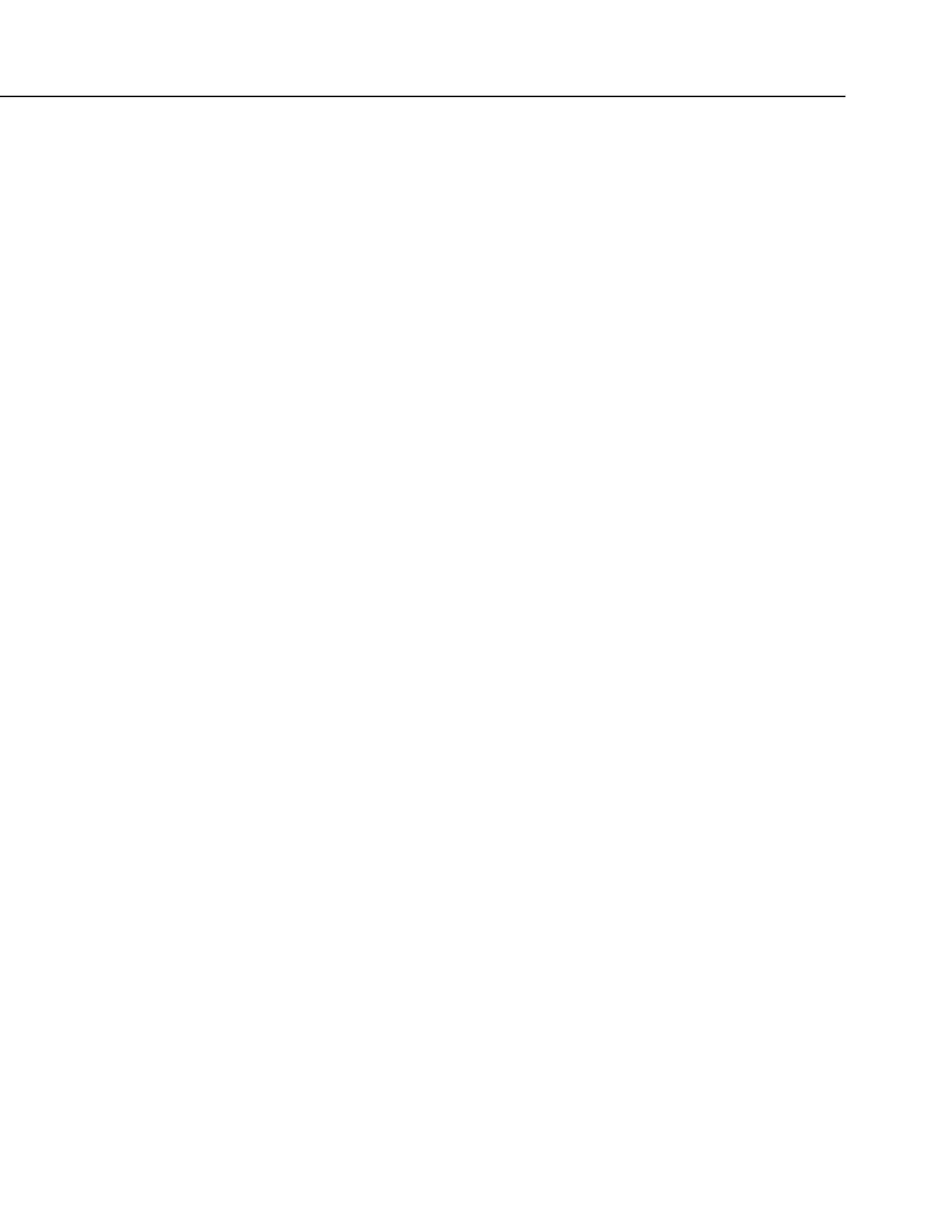Section 7. Installation
• After EndSequence or an infinite Scan() / NextScan and before
EndProg or SlowSequence
• Immediately following SlowSequence. SlowSequence code starts
executing after any declaration sequence. Only declaration sequences can
occur after EndSequence and before SlowSequence or EndProg.
7.6.3.11.1 Declaring Data Tables
Data are stored in tables as directed by the CRBasic program. A data table is
created by a series of CRBasic instructions entered after variable declarations but
before the BeginProg instruction. These instructions include:
DataTable()
'Output Trigger Condition(s)
'Output Processing Instructions
EndTable
A data table is essentially a file that resides in CR800 memory. The file is written
to each time data are directed to that file. The trigger that initiates data storage is
tripped either by the CR800 clock, or by an event, such as a high temperature.
The maximum number of data tables is 253 (prior to OS 28, the limit was 30 data
tables), but the maximum can vary with other programming considerations. If
your need for data tables approaches the maximum, only testing will define your
limit. Data tables may store individual measurements, individual calculated
values, or summary data such as averages, maxima, or minima to data tables.
Each data table is associated with overhead information that becomes part of the
ASCII file header (first few lines of the file) when data are downloaded to a PC.
Overhead information includes the following:
• Table format
• Datalogger type and operating system version
• Name of the CRBasic program running in the datalogger
• Name of the data table (limited to 20 characters)
• Alphanumeric field names to attach at the head of data columns
This information is referred to as "table definitions."

